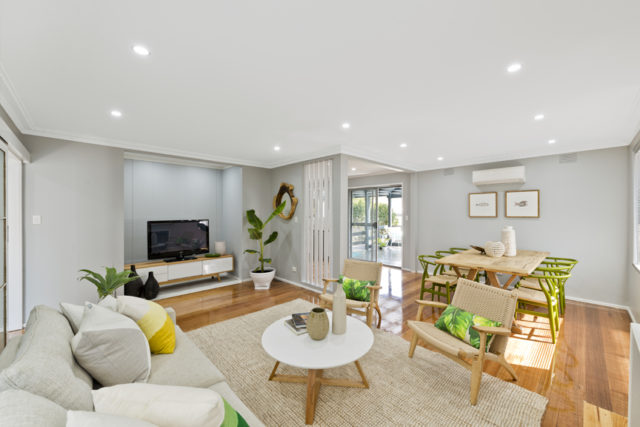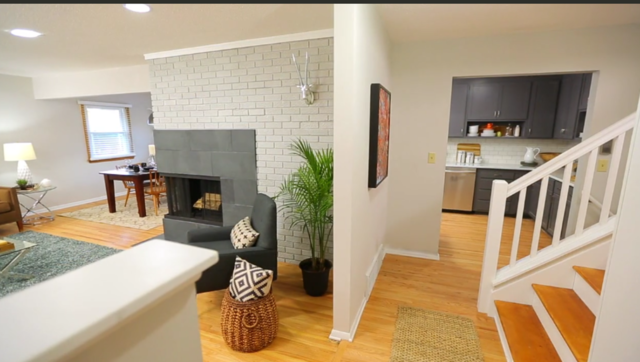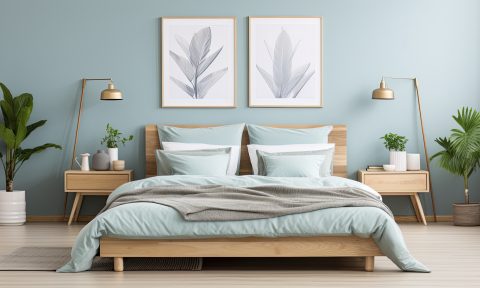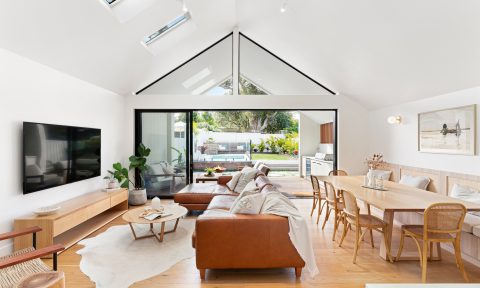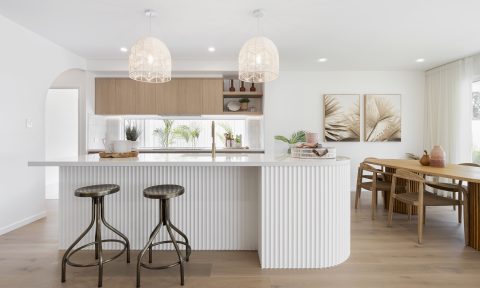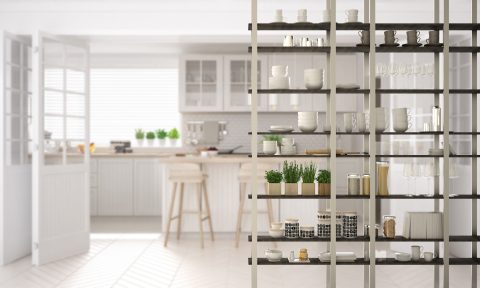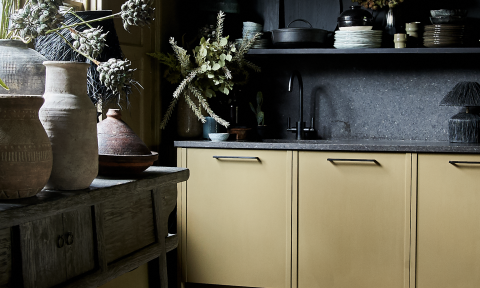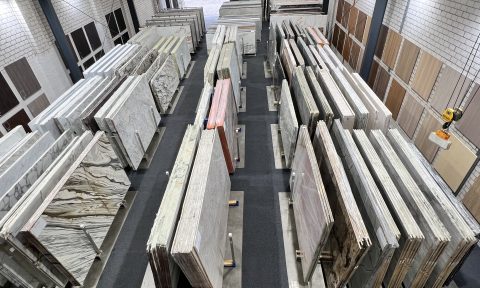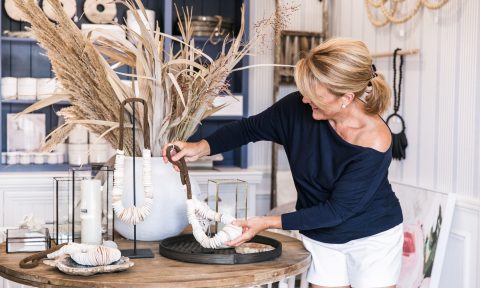By Cherie Barber
Anyone who’s tried to pull together a fantastic interior, only to end up with a mishmash of styles, will appreciate just how tricky it is to turn a design wish list into a dream home. A moodboard or scrapbook of ideas is a great starting point, but the masterstroke lies in bringing those vignettes to life in a coordinated, complementary way.
It’s little wonder that professional interior designers spend years training and honing their craft, learning from mistakes, keeping up with trends, understanding how and what colour combinations work together, and becoming adept at decoding exactly what their clients are after. “I want something moody.” Huh? With a little more questioning and second guessing, it might become apparent that what they’re after is a cosy, intimate feeling that maybe a darker colour palette and tactile finishes can deliver.
I’ve worked with many interior designers over my years as a professional renovator, and have seen firsthand how an amazing styling job can absolutely sell any property.
So here are a few novice tips I’ve picked up along the way.
Don’t look at things in isolation
It’s so easy to go shopping – whether it’s online or at a showroom – and be dazzled by some beautiful tiles, or curtains, or tapware, or whatever. But think of decorating in the same way as putting together an outfit. The whole ensemble is the sum of its parts, and the shoes may be magnificent on their own, but a disaster if they’re matched with entirely the wrong outfit. So never randomly choose beloved items for your renovation, hoping they’ll all magically work together in the end. You’ll just be fluking it.
The cheat sheet for novices
One easy way to ensure all the individual parts will work together is to visit showrooms that put together entire kitchens, bathrooms, or displays of living room or dining furniture settings. Look and learn. The best places will have hired professional designers to painstakingly put together entire looks that work as a whole: cabinetry, benchtops, splashbacks, etc. Because that’s their job – to sell the dream. Even if you don’t find an entire look to mimic, you should walk away with plenty of inspiration.
What floats the boat
Bulky furniture doesn’t just take up unwanted space – it makes a room look smaller. Think sofas, with wide arms, that sit flush with the floor; floorstanding bathroom vanities; and bulky sideboards. Wherever possible choose floating furniture so you have maximum floor space visible.
Making small spaces big
Sometimes just one large focal point is far more effective than a cluster of smaller bits and bobs. An armchair in the corner of a small bedroom, a large urn in a courtyard or a fabulous artwork… they draw the eye in and actually distract from the fact the space is small. And as for rugs, the bigger the better as a general rule; there’s nothing worse than a dining table and chairs hanging over the edge of a teeny-weeny rug.
The role of colour
There are a few important rules around colour: cool colours recede; warm colours advance is one you might have heard. That means that a charcoal coloured feature wall will jump out from the white walls around it. And when it comes to styling and decorating, the safest bet is to choose a neutral background and then make your accessories (cushions, lamp shades, bedding, etc.) the colourful heroes.
To learn about Cherie Barber and James Treble’s Interior Design for Profit online course.
–Cherie Barber is the director of Renovating for Profit, a company that teaches everyday people how to buy and renovate properties for a profit.
